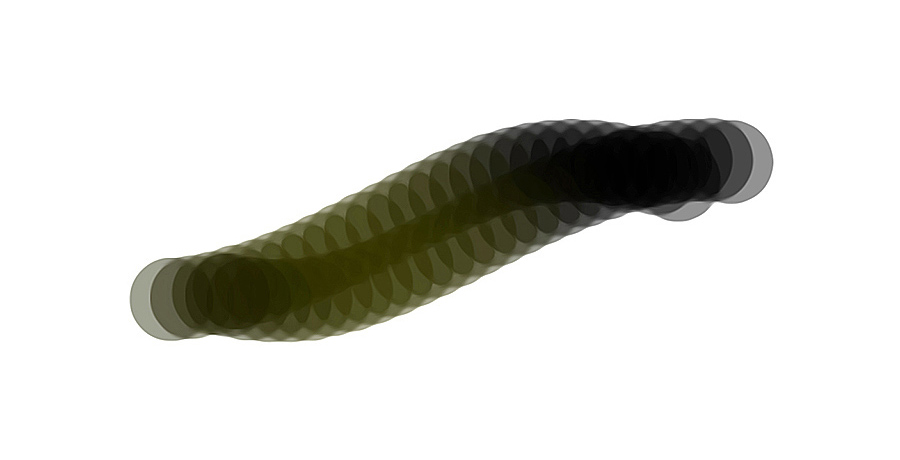What then can Kant mean by his mysterious suggestion that ‘objects must conform to our cognition’?
The image of the world that we see is continuously deformed and fragmented by foreshortenings, partial overlapping, and so on, and must be constantly reassembled and interpreted; otherwise, it could change so much that we would hardly recognize it. Since pleasure has been found to be involved in visual and cognitive information processing, the possibility is considered that anhedonia (the reduction of the ability to feel pleasure) might interfere with the correct reconstruction and interpretation of the image of the environment and alter its appearance.



